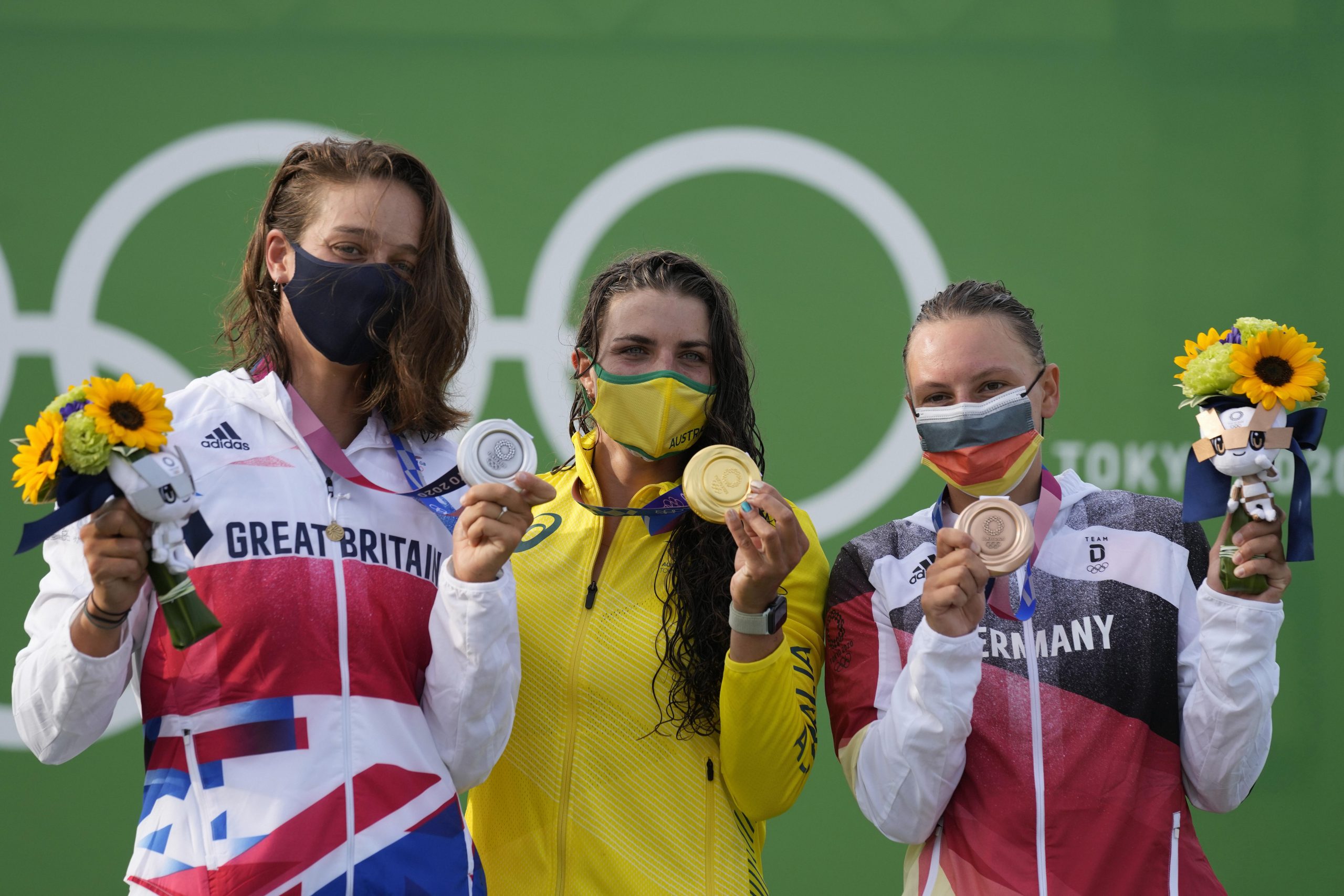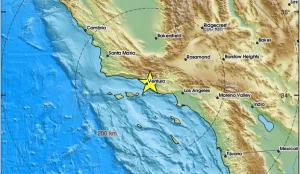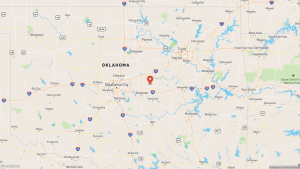For people across the globe and for athletes competing at the Tokyo Olympics, all their hopes and efforts are glued to those bronze, silver, and gold medals that are handed out to the top performers of each discipline at end of the Summer Olympics.
But for Japan, the host nation, their unique bouquet of flowers that are given to every medal winner at Tokyo 2020 has an incredibly deep meaning and a gracious gesture attached to it.
To understand the relevance of the flowers, we will have to travel 10 years back in time to 2011.
Also Read | All that glitters is not gold, an Olympic gold medal is 92.5% silver
Three northeastern Japanese prefectures of Iwate, Fukushima, and Miyagi were rampaged by the Great Eastern Japan earthquake, a tsunami, and the subsequent meltdown of three nuclear reactors on March 11, 2011. About 18,000 people died in the catastrophe. Since that day, the region is still recovering from the pangs of the irreversible damage caused.
Hoping to promote the area, the organiser of the Tokyo Olympics made all the bouquets with sunflowers and all the other flowers grown in these three prefectures.
However, the pandemic altered much of that, putting the focus instead on the postponing and cancellation of the Games in the midst of a worldwide health catastrophe. Indeed, several locals grumbled that the Olympics diverted time and money away from the rebuilding process.
Also Read | After years of stigmatising tattoos, inked bodies on display at Tokyo Olympics
A nonprofit group in Fukushima was established to produce flowers in the hopes of uplifting the morale of the locals. Many of the flowers were grown on abandoned agricultural land after fruit and vegetable sales in the area collapsed, according to the Associated Press reports.
Sunflowers were planted on the hill where their children took safety from the tsunami in Miyagi by parents who lost children in the tragedy. A children’s book has also been written on the act of remembrance.
Meanwhile, gentians, a blue-indigo flower that matches the colour of the Olympic and Paralympic insignia, are grown in Iwate.
The 5,000 bouquets were arranged by the Nippon Flower Council for both the Olympics and Paralympics — which begin on August 24.







